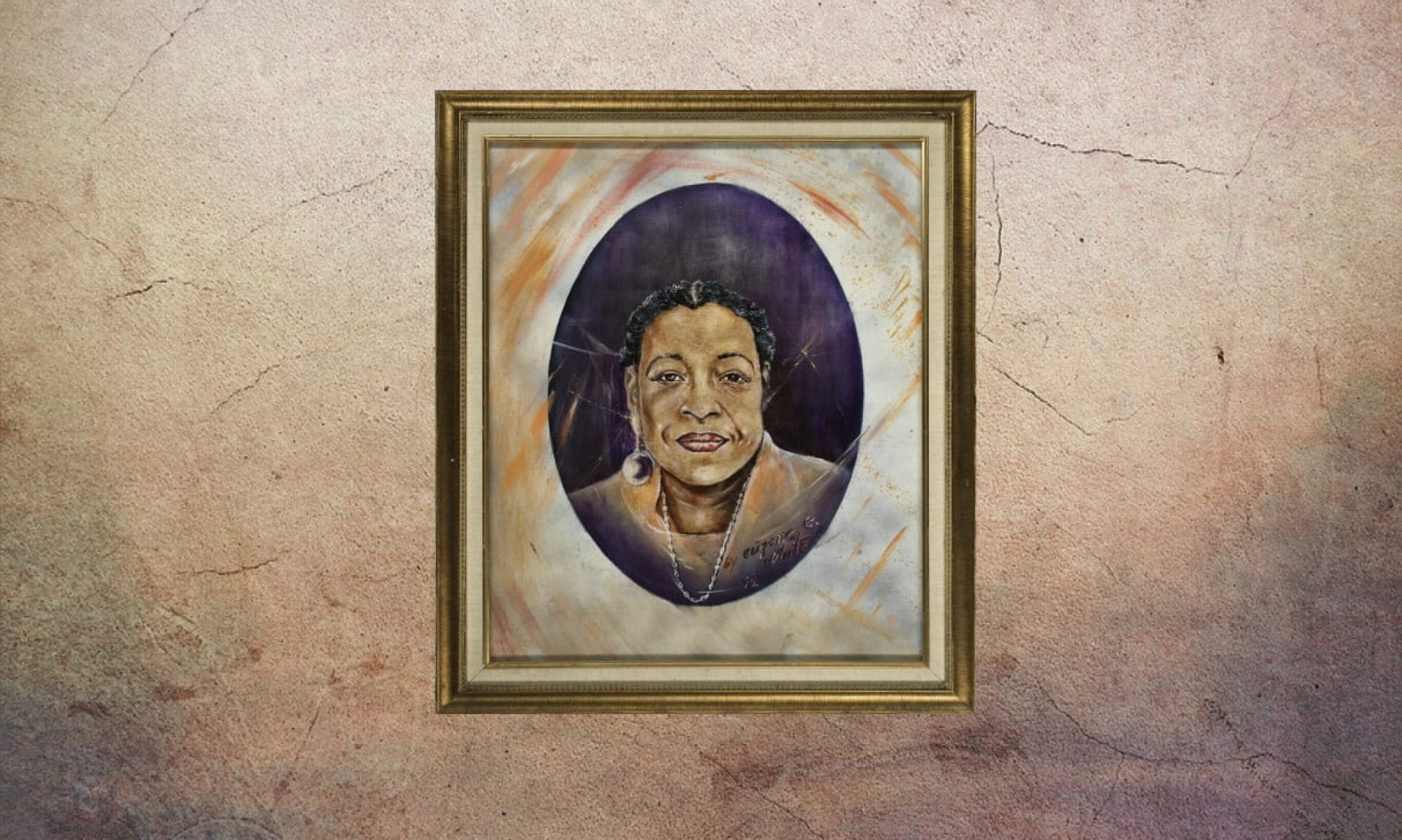
Orelia Langston, best known as director of the Western Addition Youth (WAY) Club, was a determined and selfless individual committed to unifying the lost youth in a district that was changing before their eyes. She offered them tools and guidance to assure their success in society, and thus prevent their victimization at the hands of an unjust system. In addition, she was adamant about not only banding the youth of the Fillmore together but also mobilizing the adults of the Fillmore in cooperation with the youth. As a result, she imagined a stronger and more substantial community which was once a reality before redevelopment plans threatened the cohesion of the community.
Before she was an advocate in the Fillmore district, Langston was far from the city of San Francisco. According to her obituary from the San Francisco Chronicle, Orelia Langston was born in 1933 and raised in Amarillo, Texas. She was the third of eleven children. In 1957 she moved from Texas to San Francisco in order to pursue her bachelor’s degree in advertising from the San Francisco Art Institute (SF Gate). Immediately following graduation, Langston was determined to be actively involved in the community.
In 1966, while Langston was working as a representative with the Economic Opportunity Council, a group of local young people approached her to discuss the issues of misguided youth within the community. This conversation was the catalyst for Langston’s movement. In response, a compassionate Langston rallied other adults and formed the Western Addition Youth (WAY) club for the youth in the community. Then, in 1969, Langston and her team bought the Scottish Rite Temple, located on Geary Blvd. Langston commented to the Chronicle what she truly believed the WAY club was: “It’s really not a recreation center. It’s more of a skills and education center. We focus on training young people from the ghetto to become employable” (Koch). The club gained popularity and in the early 1970s, their membership totaling 1,100.
Langston was so committed to servicing the entire Western Addition that she did not let financial barriers prohibit any member of the community from participating. In fact, members only had to pay 25 cents a week for a full membership. Langston was committed to teaching the Fillmore youth their value in society and how they can actively contribute. Young members even completed bookkeeping, secretarial work, their own printing jobs and printing jobs for other groups in the community. Also, in response to meeting the needs of full-time hard working mothers, Langston created a program within WAY where high school students of the Fillmore tutored the younger children in academic subjects. This not only fostered an educationally productive atmosphere for the youth, it also lent a helping hand to the busy parents. Additionally, there was a collective crafting activity on Wednesday nights where the youth and adults would gather to work on a huge mosaic for their tutorial room.
In 1969 The Sun-Reporter deemed Langston runner-up for Woman of the Year for her bold work in the WAY Club. In response Langston stated: “I feel even more determined now . . .and that factor alone gives me the strength enough to continue standing for . . .the goals of many black young people . . . I strongly believe that my friends outnumber my foes.” And she was right—her community acknowledged and cherished her contributions through numerous recognitions. She received awards from institutions including San Francisco State University, San Francisco Police Department, the Alcohol Advisory Board of San Francisco, and the Community College Board. Additionally, she was president of the Fillmore Democratic Club, vice president of Western Addition Concerned Citizen Organization, the executive director of the Income Rights Project, and a member of the Black Leadership forum.
While Langston was praised by the community, not everyone wanted to help maintain her club. As the community was still being redeveloped, many preyed on Langston’s property as a business opportunity. In response to many people wanting to buy the building and reconstruct it, Langston commented: “To a lot of people this building is a white elephant. But to us it’s a community base, a symbol of achievement, of hope and love” (Koch). In fact, Langston often worked 13–15 hours daily because she was devoted to seeing the community’s goals come to fruition. This, however, did not prevent financial troubles from plaguing the establishment. Despite the multiple donations to the club by the mid 1970s membership had declined and it closed soon thereafter.
On December 1, 1996, Orelia Langston passed away in her sleep at the age of 63. Despite her early death, she did not pass away without leaving a lasting impact on the people of the Fillmore district. Many organizations similar to WAY perpetuate the goals that Langston initiated, and, in the wake of her efforts, programs for the youth of the Fillmore capitalize on the importance of education and cohesion of families.
— Olivia Walker and Sormeh Naderi
Works Cited
Thomas, Daryl. “Orelia Langston Runner-Up Woman of the Year” The Sun-Reporter. Issue 10, Vol. XXVI. 5 Apr 1969.
Koch, Beverly. “Club’s Aim: Teach Right Way.” SF Chronicle. 18 Aug 1970.
“Obituary—Orelia Langston.” SFGate. 5 Dec 1996.
